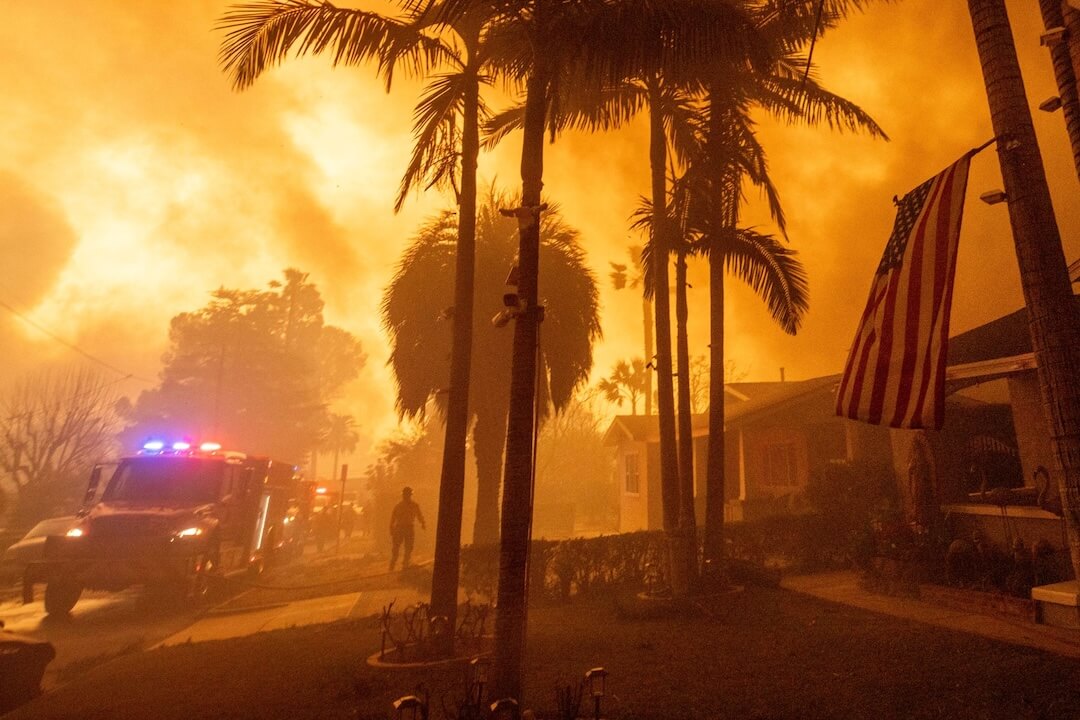We have a lot of newsletters at Poynter. When I started, we had none in editorial. Now we have a daily newsletter, one for women in media, one for local journalists (hello!), several for and about facts and fact-checkers, one on digital tools, one on covering the pandemic, one for student journalists and one for journalism educators. They’re like little text dinner parties for people who care about the same stuff.
Last week, my colleague Doris Truong launched a new newsletter, The Collective, and it’s one that deserves all of our attention.
“As we approach the first anniversary of the racial reckoning in America’s newsrooms, the unique challenges of being a journalist of color continue,” she wrote last week. “And who understands what we’re going through better than someone who has been through it themselves?”
The Collective, which will publish monthly starting in April, came out of discussions at Poynter on how to increase diversity and serve broader audiences, Truong told me.
“All the time, Sam (Ragland, our Poynter colleague) and I would say this is something journalists of color need to hear from other journalists of color.”
And they thought it would be perfect as a newsletter. The TEGNA Foundation, which is funding the newsletter’s launch, agreed. Truong worked with alumni from our diversity academy and staffers of color at Poynter to bounce around ideas for the name. Meta Viers, content manager at PBS Kids, came up with The Collective. And the art you see here comes from designer Susana Sanchez-Young, who you’ll learn more about in a welcome newsletter from The Collective. (That’s your teaser to go subscribe.)
The idea with every step of this newsletter is to lift up and amplify voices we aren’t always hearing — something we have to do a lot more of in our industry and with our work.
In her intro last week, Truong wrote: “We want to hear about times when you were The Only. Or tell us how you got others to recognize that your idea was worth resources — and that you were the person up to the task. You might choose to share an ongoing struggle; lots of us are ready to commiserate. How do you feel when someone asks, ‘Are you OK?’ with no follow-up action? What is it like when something in the news makes you feel seen? Whom do you turn to when you need to vent about another frustrating day of emotional labor?”
There’s also a Council of Truth-Tellers, which is the best name ever, who will convene to answer anonymous reader questions.
I asked Truong what kind of pitches she’s looking for with The Collective (note: freelancers are paid for their work, which they always, always should be).
“I’m really interested in how a lot of local newsrooms, especially in places that are largely white, might have only one journalist of color,” she said.
Maybe that person embodies multiple “only” categories — race, gender, nationality, sexuality, disability and more.
“And yet they’re the only. So I want them to feel the support of The Collective, and I want other people to see what kind of challenges they go through in that environment. How can they stay in that environment and succeed?”
In the newsletter and our industry, she also wants to see journalists of color, at all levels, feel empowered to speak up on issues that matter to them and to know they’re not the only ones.
And for white journalists who want to be allies?
Listen, Truong said, and make space for others.
This piece originally appeared in Local Edition, our newsletter devoted to the telling stories of local journalists







